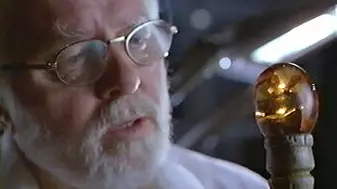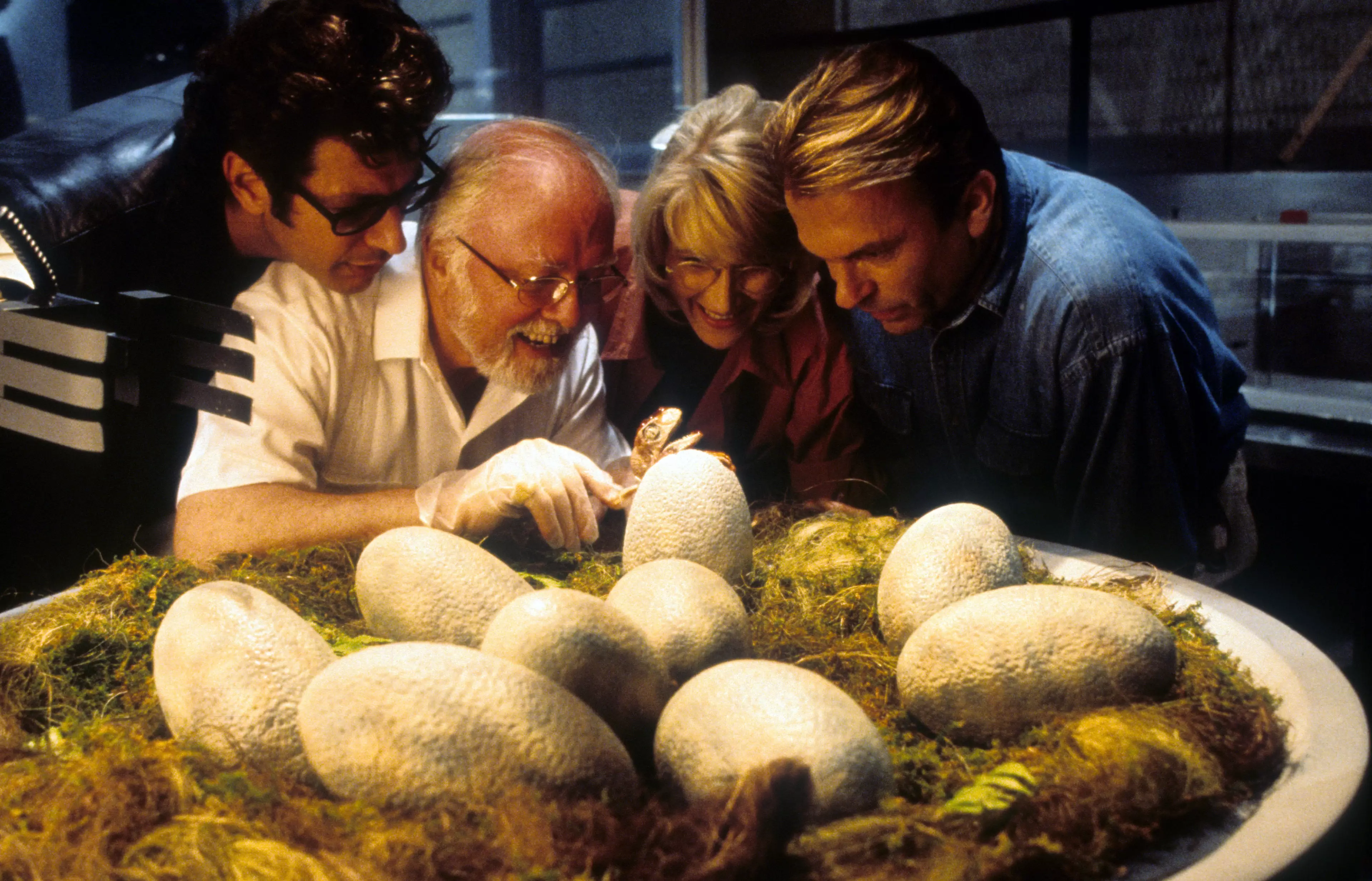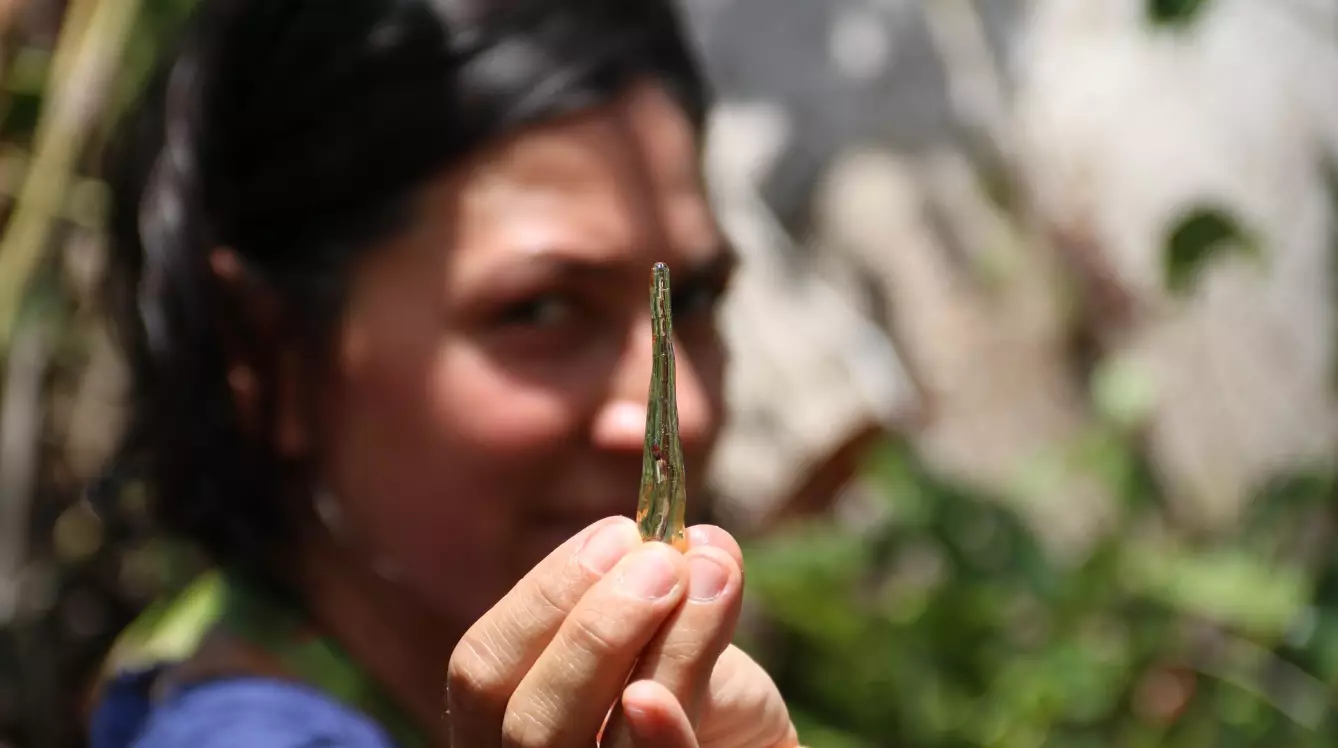
Scientists who have successfully extracted the DNA of insects preserved in resin have reassured us that they're not intent on creating a real-life Jurassic Park.
The international team of researchers have extracted the genetic material from insects preserved in two-year-old and six-year-old resin samples for the first time, and they aim to use their methods on older samples.
This notion may be familiar to you, as it's basically the premise on which Jurassic Park is built, with John Hammond cloning dinosaurs using insect DNA, in a decision which ultimately spawns enough peril to last a further four films, of varying quality.

But fear not, the scientists behind this breakthrough are not intent on unleashing any more peril on us; which is a good job, as we've got quite enough of that at the moment. Rather, they want to find out how long DNA can be preserved in resin - which sounds like a far less ominous motive.
Advert
Mónica Solórzano-Kraemer, Scientific Curator of Senckenberg Research Institute in Germany, told Phys.org: "We have no intention of raising dinosaurs. Rather, our current study is a structured attempt to determine how long the DNA of insects enclosed in resinous materials can be preserved.
"Our study fundamentally aimed to clarify whether the DNA of insects embedded in resin continues to be preserved. Using the polymerase chain reaction (PCR) method, we were able to document that this is, indeed, the case in the six and two-year-old resin samples we examined."
Previous attempts by scientists to extract DNA from samples that were several million years or several thousands years old have failed, leading some to conclude that resin samples were not suitable for genetic analysis.
However, the team behind the study - which was led by David Peris and Kathrin Janssen of the University of Bonn in Germany, with assistance from additional colleagues in Spain and Norway - now plan on working back through samples to see just how old they can go.

As far as conjuring up dinosaurs goes though, don't get too scared/excited.
Advert
Solórzano-Kraemer said: "We are now able to show for the first time that, although it is very fragile, the DNA was still preserved in our samples. This leads to the conclusion that it is possible to study the genomics of organisms embedded in resin.
"Our experiments show that water in the inclusions is preserved much longer than previously assumed. This could also affect the genetic material's stability. The extraction of functional DNA from several-million-year-old amber is therefore rather unlikely."
You can read the complete study in the PLOS ONE journal.
Featured Image Credit: Universal PicturesTopics: Science, World News, Jurassic Park, Dinosaurs